

Daniel Ryan
Human First Web Design


Human First Web Design
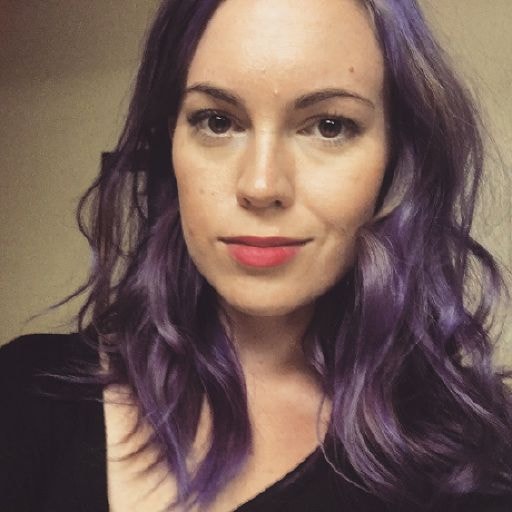

Animating the web in a post-Flash world
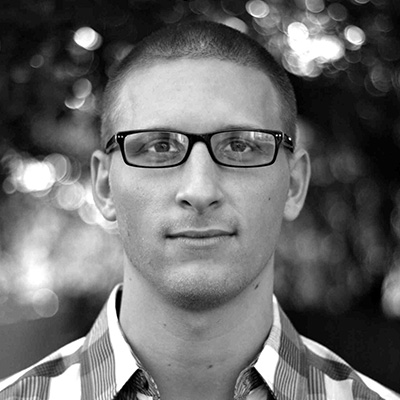

Workshop: MVCSS
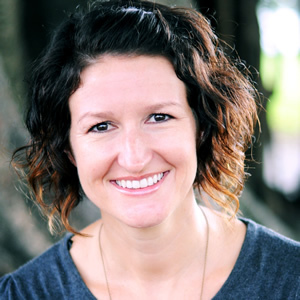

The Right Tool for the Job: Designing in the Browser for Agencies
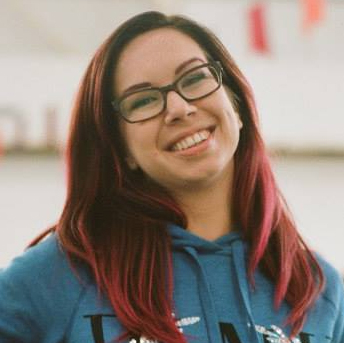

I Have No Idea What I'm Doing
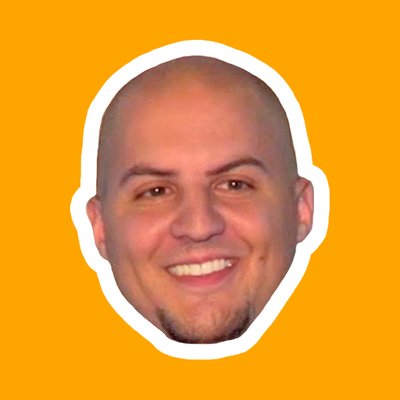

How to Build Kickass Emails
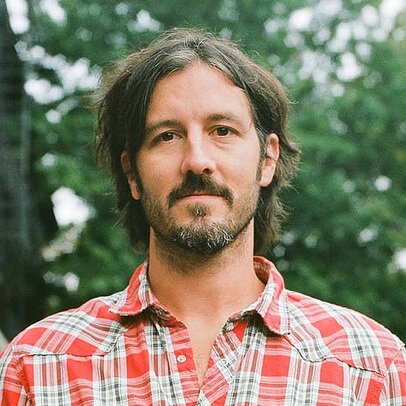

Boxes and Grids, Oh My.


Lost & Found
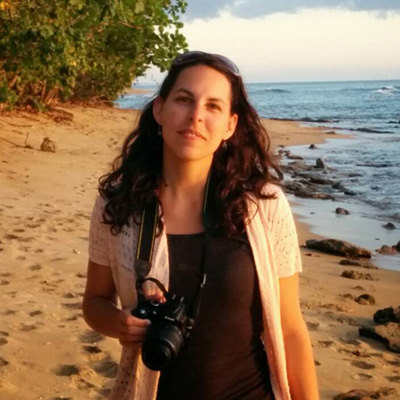
Intersecting worlds of web and education: A foray into the Digital Frontier
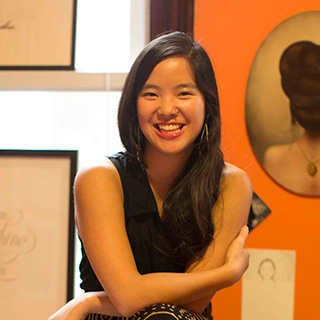
Styling Forms Semantically & Accessibly
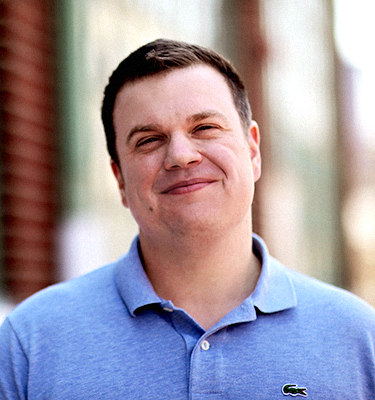
Let's Be Brutally Honest About Operations and Pricing for Web Agencies
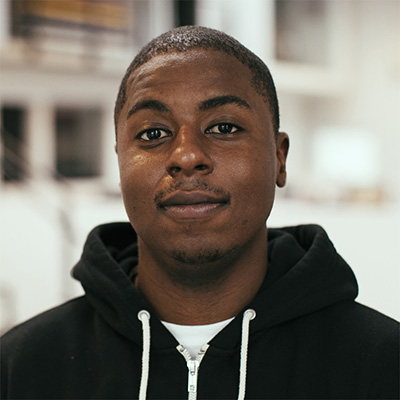
Remote. Commit. Push.

No Control - How To Design For An Unknown Result

SMACSS Your Sass Up
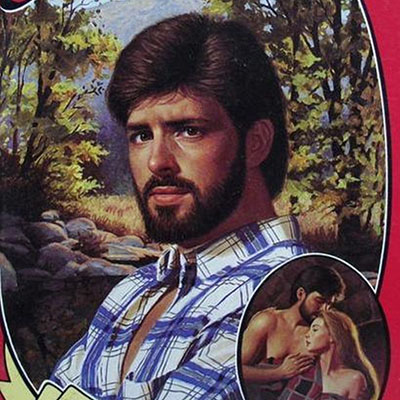
Contextually Aware Web Design
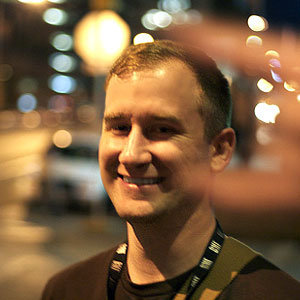
Design Pattern Craftsmanship
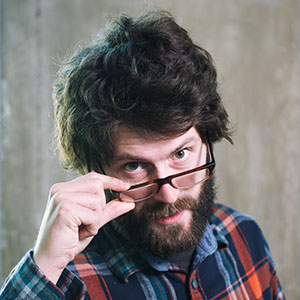
A frontender builds a backend: learning to think with your eyes closed

The Iron Yard - Learn to code. Get a job. Guaranteed.

Mailchimp - Send Better Email

Offscreen Magazine - A new, collectible print magazine about the human side of websites and apps.
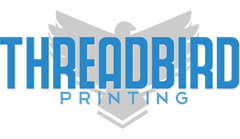
Threadbird - Quality Screen Printing
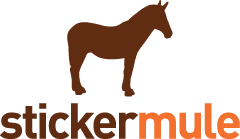
Stickermule - Custom stickers that kick ass
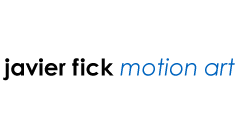
Javi Fick Motion Art - A visual artist, of sorts